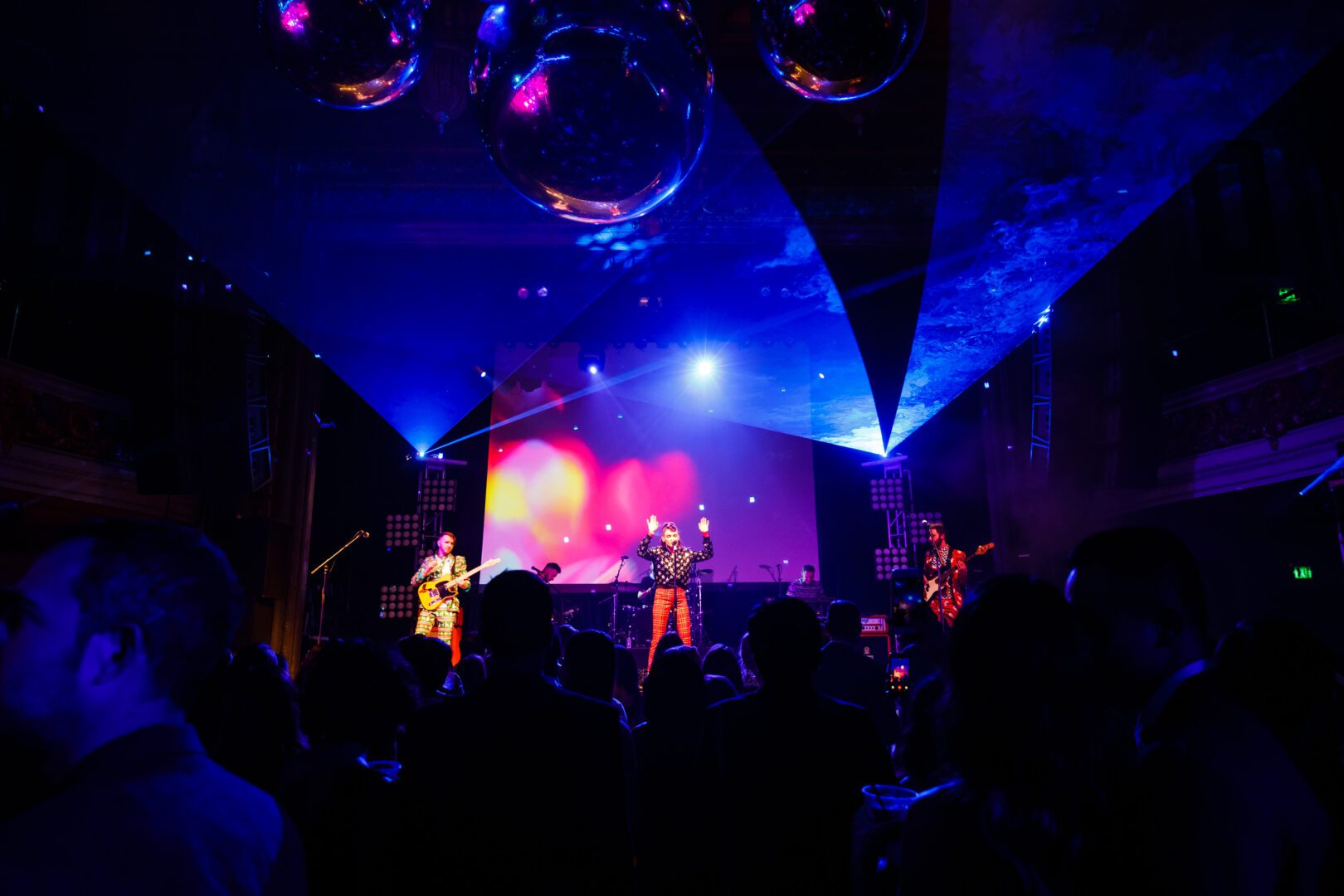Perfecting the Skill of Capturing Superior Audio at Real-Time Occasions
Wiki Article
Capturing high-quality sound during live events remains crucial to ensuring the the is able to fully appreciate their experience. Whether an concert, a conference, or a theater show, crisp sound can significantly improve overall impact on the event. In order to achieve this, it’s crucial to understand various various factors related in sound recording and the way to effectively manage these. This piece shall explore key methods and tools that can assist with perfecting the craft of capturing premium audio.
One of initial primary actions to recording excellent sound is selecting the right equipment. Microphones play a vital part during the process. There are different types of microphones, such as dynamic, condenser-type, as well as lapel mics, all appropriate to particular circumstances. Dynamic-type mics tend to be commonly utilized in noisy settings, such as musical events, as they are able to manage elevated audio levels intensity. Conversely, condenser-type mics tend to be generally sensitive and are ideal for quieter settings, such as talks and discussions. Grasping each advantages as well as weaknesses of each type will help in selecting an most suitable mic for the event.
In addition to selecting a suitable mic, placing the mic appropriately remains vital for capturing clear audio. Proper positioning for a mic can significantly influence its audio clarity. For instance, placing the mic excessively distant from the sound source may lead to weak audio, while placing the mic excessively near may lead to distortion. It is important for one to achieve the balance that captures full entire range in audio while avoiding losing clarity. Experimenting different various positions before the event may assist in determining the most effective placement to achieve optimal audio clarity.
A further crucial factor to take into account the environment environment in which event takes place. Ambient sounds may interfere the audio quality, making it difficult to listeners to hear the main primary sound source. To reduce unwanted sounds, it is helpful for one to perform a sound test prior to the event starts. Such a check allows the sound technician to identify potential possible issues and perform changes as needed. Additionally, using acoustic materials or setting the setup within a quieter area can also assist with minimizing background noise while enhancing overall sound clarity.

Finally, post-production has an significant part for enhancing audio quality. After an occasion, sound editing software may be used to refine up recording, eliminate any extraneous noise, and modify volume for consistency. Such a step is is additional info to ensuring that final final result achieves high quality. Through taking time time to refine and refine the audio, the final result will become a refined audio that faithfully represents the real-time event. Perfecting such methods will not only enhance the clarity of sound recorded at real-time events and additionally enhance overall entire enjoyment of the audience.